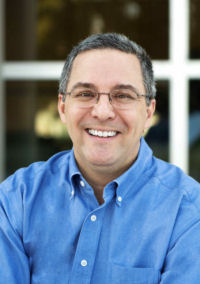 |
Robert W. Thacker, Professor (CV) Ph.D., University of Michigan, 1995 Systematics, phylogenetics, and ecology Email: Robert.Thacker@stonybrook.edu Office: LS678 Phone: (631) 632-1530 Lab Website: Thacker Lab Website |
Research Summary:
My laboratory focuses on taxonomy, systematics, and the evolution of ecological interactions. Sponges and their symbiotic microbial communities frequently serve as model systems to study coevolution among hosts and symbionts, the evolution of community structure, and the evolution of mutualistic interactions. Student projects have considered a diverse array of study organisms, including sponges, snails, copepods, scallops, clams, bryozoans, and tunicates.
My research group integrates morphological and molecular approaches to systematics across the immense biodiversity represented by the four classes of sponges through the Porifera Tree of Life (PorToL) project, which is constructing a definitive phylogeny of sponges. Additional projects build on PorToL by developing bioinformatic tools that can be applied to all taxonomic groups; these collaborative projects include scientists and students at multiple universities and software development companies.
Our recent projects investigate the ecological and evolutionary processes that structure the biodiversity of microbiomes, with a focus on community assembly, diversification, and coevolution. While previous studies have focused on the host-specificity of microbiomes, we are shifting our perspective from host evolution to microbial evolution and developing models of host-symbiont interactions that function across multiple spatial, temporal, and taxonomic scales.
I also work with the New York State Department of Environmental Conservation to contribute to aquatic invasive species (AIS) management on Long Island. The AIS team provides public education and outreach as well as boat inspections at both marine and freshwater launches. The team monitors and surveys aquatic plants at a variety of locations, collaborating with multiple stakeholders to conduct removals of invasive species and promote growth of native species.
